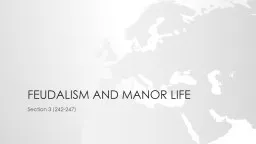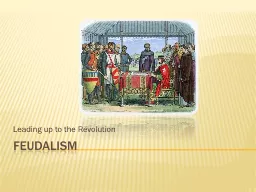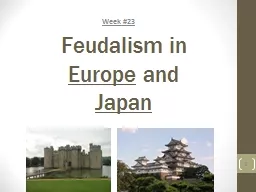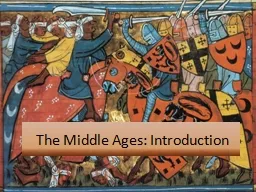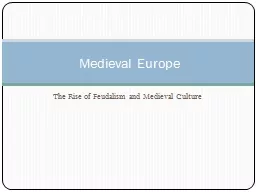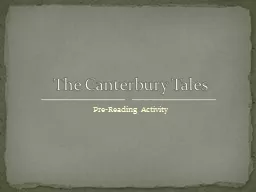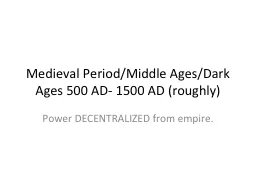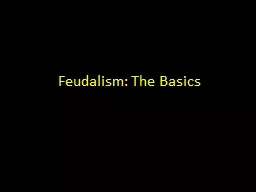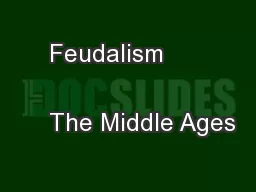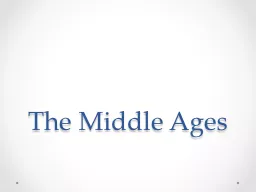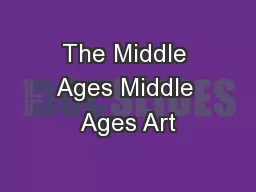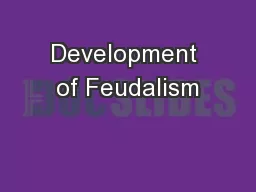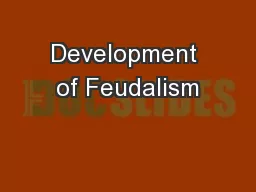PPT-Feudalism in the middle ages
Author : giovanna-bartolotta | Published Date : 2018-09-25
Section 3 242247 Just a recap Monks established monasteries as centers of faith and learning Charlemagne was crowned king of the Franks Charlemagne unified much
Presentation Embed Code
Download Presentation
Download Presentation The PPT/PDF document "Feudalism in the middle ages" is the property of its rightful owner. Permission is granted to download and print the materials on this website for personal, non-commercial use only, and to display it on your personal computer provided you do not modify the materials and that you retain all copyright notices contained in the materials. By downloading content from our website, you accept the terms of this agreement.
Feudalism in the middle ages: Transcript
Download Rules Of Document
"Feudalism in the middle ages"The content belongs to its owner. You may download and print it for personal use, without modification, and keep all copyright notices. By downloading, you agree to these terms.
Related Documents

